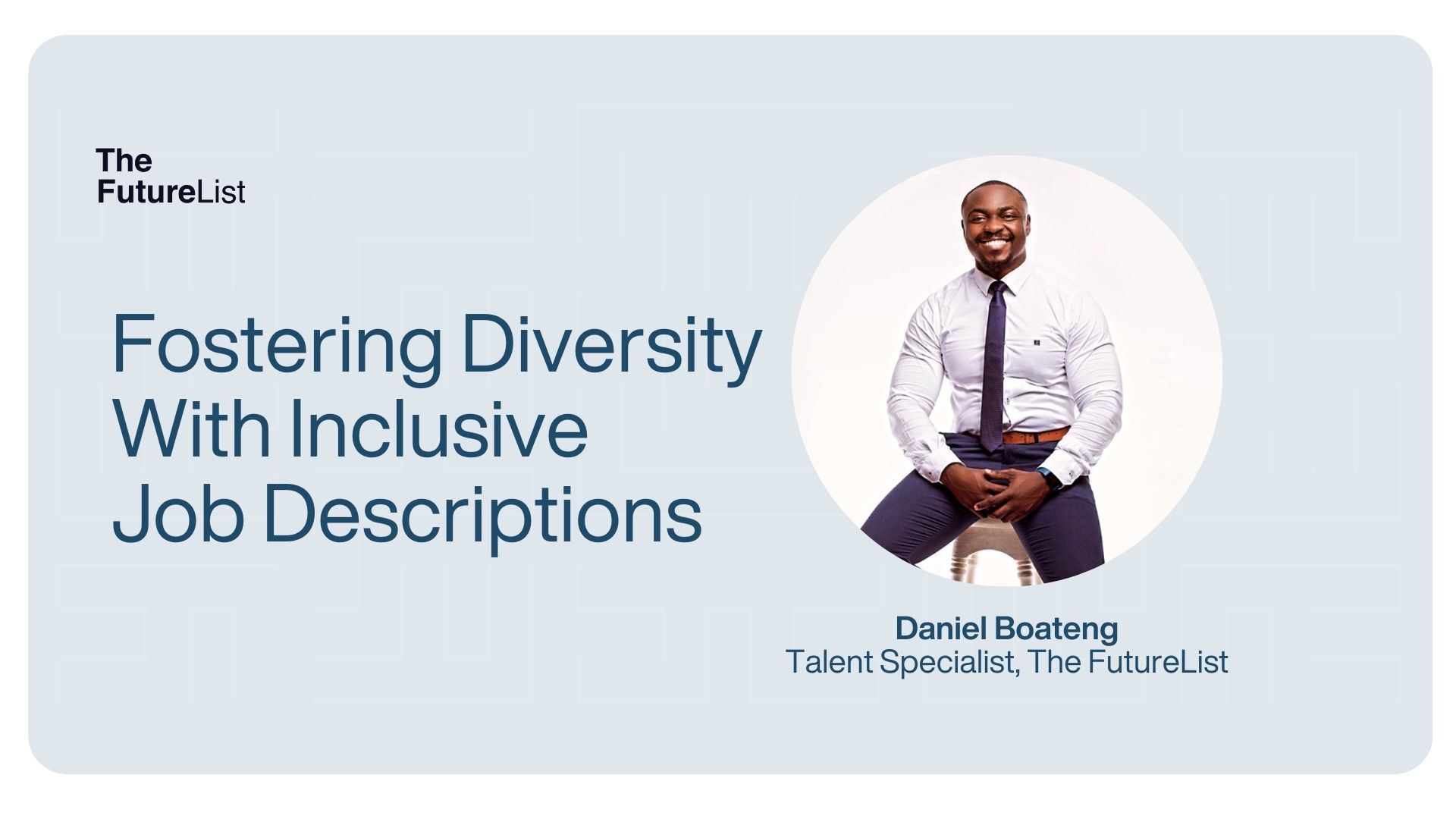
Fostering Diversity in Recruitment Through Inclusive Job Descriptions
Introduction
In today’s rapidly evolving business landscape, fostering diversity and equality in the workplace has become a critical objective for organisations across the globe. One significant aspect of achieving this goal is crafting inclusive job descriptions that attract a diverse pool of talent. An inclusive job description not only serves as a roadmap for the skills and qualifications required for a role but also plays a pivotal role in reflecting an organisation’s commitment to promoting a diverse and equitable workforce. In this article, we will delve into the importance of building inclusive job descriptions and explore how they can be enhanced with insights from case studies published in Harvard Business Review and data from Forbes.
The Impact of Inclusive Job Descriptions
An inclusive job description goes beyond just listing responsibilities and qualifications. It considers the diverse backgrounds, experiences, and perspectives that candidates bring to the table. By incorporating inclusive language and highlighting the organisation’s dedication to diversity, job descriptions signal that the company values and welcomes candidates from all walks of life. Research shows that diverse teams lead to improved creativity, innovation, and problem-solving, ultimately benefiting a company’s bottom line.
Enhancing Inclusivity Through Language
In a world where diversity and inclusion are paramount, organisations must be deliberate in their efforts to create an equitable environment right from the recruitment stage. One of the key ways to achieve this is through the use of bias-free language in job descriptions. By embracing language that is inclusive and neutral, organisations can attract a wider range of candidates, eliminate subconscious biases, and lay the foundation for a more diverse and innovative workforce.
Language is a powerful tool, capable of conveying more than just words. Traditional job descriptions often unintentionally harbour subtle biases that can dissuade qualified candidates from applying. Using gender-neutral language, avoiding terms that indicate age, and refraining from assuming certain cultural backgrounds can ensure that your job descriptions remain open and inviting to everyone.
Forbes reports that organisations with diverse workforces are 35% more likely to outperform those lacking diversity. This compelling statistic emphasises the direct connection between linguistic inclusivity in job descriptions and the subsequent enhancement of diversity within the organisation.
A case study published in Harvard Business Review highlights the transformative impact of inclusive job descriptions. A technology company, facing challenges in attracting female candidates for technical roles, embarked on a journey to rectify this issue. The company underwent a thorough revision of its job descriptions by removing masculine-coded language and emphasising equal growth opportunities. As a result, the number of female applicants significantly increased, leading to a more diverse hiring pool and, subsequently, a more inclusive workforce.
Conclusion
Crafting inclusive job descriptions is not only a moral imperative but also a strategic move that can enhance a company’s competitiveness and innovation. The power of language in shaping perceptions and attracting diverse talent cannot be underestimated. By following the insights from case studies like the one in Harvard Business Review and the data provided by Forbes, organisations can take concrete steps toward building an equitable and inclusive workforce from the very first step of the hiring process. As businesses continue to adapt to a rapidly changing world, embracing diversity through inclusive job descriptions is an investment that yields both immediate and long-term dividends.
Get innovation insights from The FutureList weekly. Subscribe to our newsletter here.
Categories
- Agritech
- Artificial Intelligence
- Biotech
- Blockchain
- Climate Tech
- Data Infrastructure
- Edtech
- Events
- Fashion
- Fintech
- Healthtech
- Infrastructure
- Innovation Memos
- Innovation Scout Program
- Insight
- Insurtech
- Machine Learning
- Martech
- Mobility
- Music and Media
- Partner Offers
- Perks
- Procurement
- Proptech
- Retailtech
- Ridehailing
- Ridesharing
- Robotics
- Space Aviation
- Supply Chain
- Talent
- Telecoms
- Uncategorized
- Venture Capital
- Wastetech
- Women In Tech